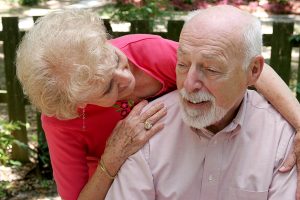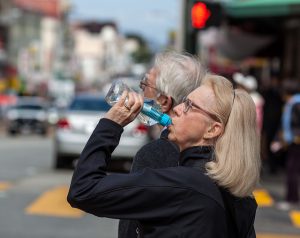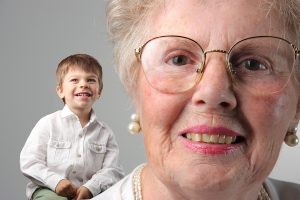The 6-Step Process of Stroke Recovery
According to the CDC, nearly 800,000 persons in the United States have a stroke each year. This is about one every 4 minutes, resulting in over 130,000 deaths annually. Stroke is simply defined as an interruption to the blood supply to the brain and is caused by a clot or hemorrhage. It can be a devastating problem for survivors, resulting in changes in mobility, cognition, speech, swallowing, bowel and bladder, self-care, and general functioning to varying degrees. Some people recover completely after a stroke, but others experience lifelong challenges.
The good news is that there is hope and quality of life after stroke. In my research with stroke survivors, I discovered 6 phases that survivors reported as they made the journey through rehabilitation towards recovery. These steps can be used to see where a person is in the recovery process, help us understand how they may be feeling, and help guide the way we interact with them.
Agonizing: In this first phase of the process, stroke survivors are in shock over what has happened to them. They can’t believe it, and may even deny the warning signs of stroke. The important task during this time is survival from the stroke itself. Call 911 if you see the warning signs of facial droop, arm weakness, or speech difficulties.
Fantasizing: In the second phase of the stroke process, the survivor may believe that the symptoms will all go away. Life will return to normal, and there is a sense of the problem being unreal. Time takes on a different meaning. The way to help is to gently help them recognize reality, and without taking away hope for recovery.
Realizing: This is the most important phase that signals a turn in the recovery process. This is when the survivor realizes that he/she may not fully recover from the effects of the stroke and that there is work to be done to rehabilitate and reclaim life. Common feelings during this phase of realizing are anger and depression. The way to help is to encourage the person to actively engage in rehabilitation. The real work of recovery is just beginning.
Blending: These last 3 phases in the process of stroke recovery may be occurring at much the same time. This is where the real work of adaptation to life after stroke begins. The survivor begins to blend his “old life” before stroke with his new life as a stroke survivor. He/she may start to engage in former activities even if it requires adaptations to be made. He/she will be actively engaged in therapy and finding new ways to do things. The way to help is to promote education. This is a time when survivors are most ready to learn how to adjust to life after stroke. Listen to your rehab nurses, therapists, and physician. Be active in the recovery process.
Framing: During this phase, the individual wants to know what caused the stroke. Whereas in the Agonizing phase they were asking “why me?”, now they need to the answer to “what was the cause?” Stroke can be a recurring disorder, so to stop a subsequent stroke, it is important to know the cause. Interestingly, if the physician has not given the survivor a cause for the first stroke, patients often make up a cause that may not be accurate. Help the survivor to learn from the health care provider what the cause of his/her own stroke was. Then steps can be taken to control those risk factors.
Owning: In this final phase of stroke recovery, the survivor has achieved positive adaptation to the stroke event and aftermath. The survivor has accomplished the needed grief work over the losses resulting from the stroke. He/she has realized that the effects may not go away and has made positive adjustments to his/her life in order to go on. Survivors in this phase have blended their old life with the new life after stroke and feel better about their quality of life. While they still may revisit the emotions of the prior phases at times, they have accepted life as a survivor of stroke and made good adjustments to any changes that resulted. They feel that they have a more positive outlook on life. At this point, survivors can use their experience to help others cope with life after stroke.
For more information about stroke recovery, visit www.seniorcarecentral.net and view Dr. Mauk’s model for stroke recovery.





